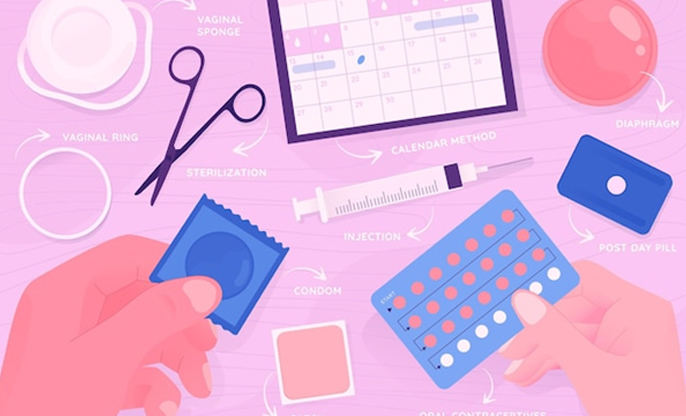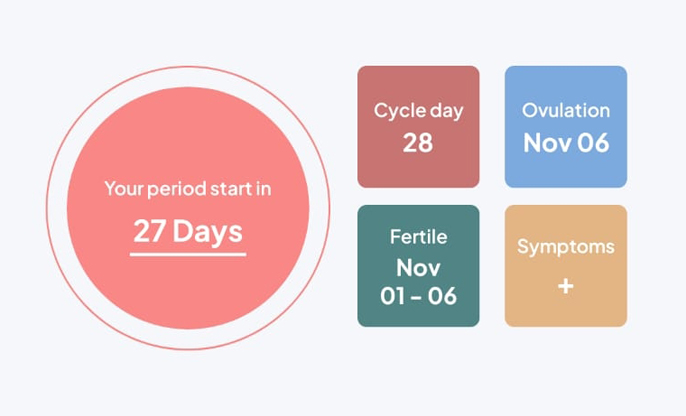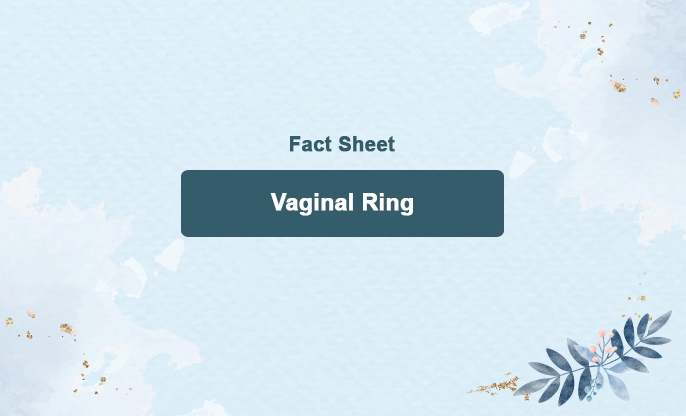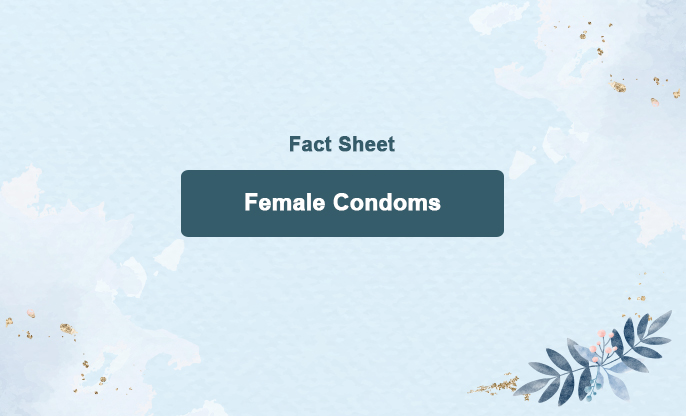
What is this?
The contraceptive diaphragm is a soft, thin silicone circular dome. It is inserted into the vagina before sex, covering the cervix to prevent sperm from entering the womb.
When used correctly with spermicide, a diaphragm is 92 to 96% effective at preventing pregnancy. This means that between 4 and 8 out of every 100 people who use a diaphragm as contraception will become pregnant within a year.
Most women can use a diaphragm, although it may not be suitable for everyone.
Have an unusually shaped or positioned cervix, or if you cannot reach your cervix
Have vaginal muscles that cannot hold a diaphragm in place, possibly due to childbirth
Have a sensitivity or allergy to latex or the chemicals in spermicide
Have a history of toxic shock syndrome (a rare but life-threatening bacterial infection)
Experience frequent urinary tract infections (UTIs)
Currently have a vaginal infection (wait until it clears before using a diaphragm)
Are uncomfortable touching your vagina
Have a high risk of contracting an STI, such as having multiple sexual partners or being unsure of your partner's sexual health
How does this work?
A diaphragm fits inside your vagina and blocks sperm from entering your womb (the cervix). It must be used with a sperm-killing gel (spermicide).
You only need to use a diaphragm during sex. After sex, leave it in place for at least 6 hours. It can remain in place for up to 30 hours. Once removed, it can be washed and reused.
A diaphragm may be less effective if:
It’s damaged, such as being torn or having holes
It’s not the right size for you
You use it without spermicide
You don't apply additional spermicide each time you have more sex
You remove it too soon (less than 6 hours after sex)
If any of these issues occur or if you have unprotected sex, you may need emergency contraception.
Diaphragms come with instructions and are all inserted in a similar manner.
With clean hands, apply a small amount of spermicide to both sides of the diaphragm.
Place your index finger on top of the diaphragm and squeeze it between your thumb and other fingers.
Slide the diaphragm into your vagina, aiming upwards. The front of the diaphragm should be tucked behind your pubic bone.
Always ensure your cervix is covered – it feels like a lump, similar to the tip of your nose.
If your cervix is not covered, remove the diaphragm by hooking your finger under the rim or loop (if there is one) and pulling downward.
Some women find it easier to squat, lie down, or stand with one foot on a chair while inserting the diaphragm – use the position that works best for you.
You can insert a diaphragm up to 3 hours before sex. If more than 3 hours pass, remove it, reapply spermicide, and reinsert it.
Efficacy:
When used correctly with spermicide, a diaphragm is 92 to 96% effective at preventing pregnancy. This means that 4 to 8 out of every 100 people who use a diaphragm as contraception will become pregnant within a year.
Usage duration recommended:
You only need to use a diaphragm during sex. It should remain in place for at least 6 hours after your last sexual activity. You can leave it in for up to 30 hours in total. After removing the diaphragm, wash it thoroughly so it can be reused.






















